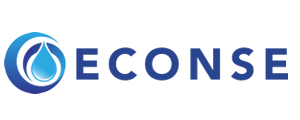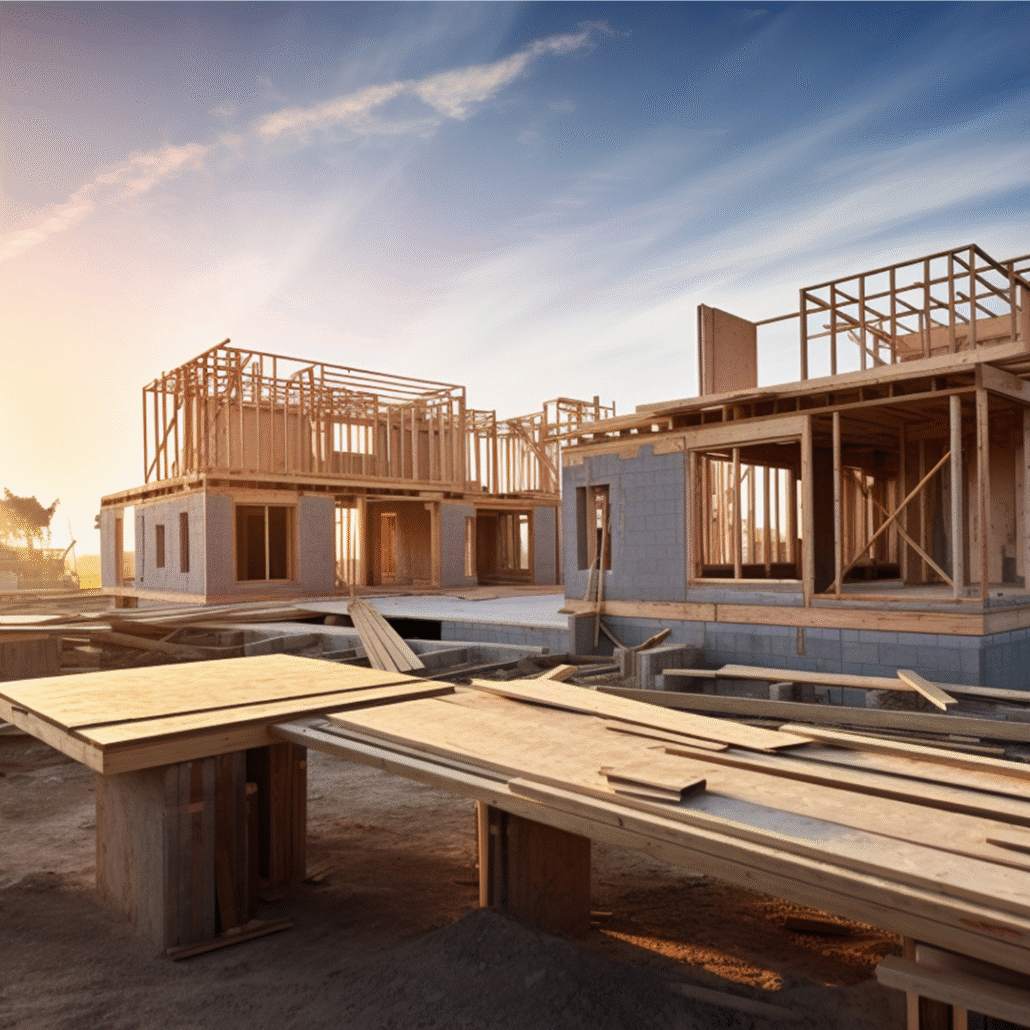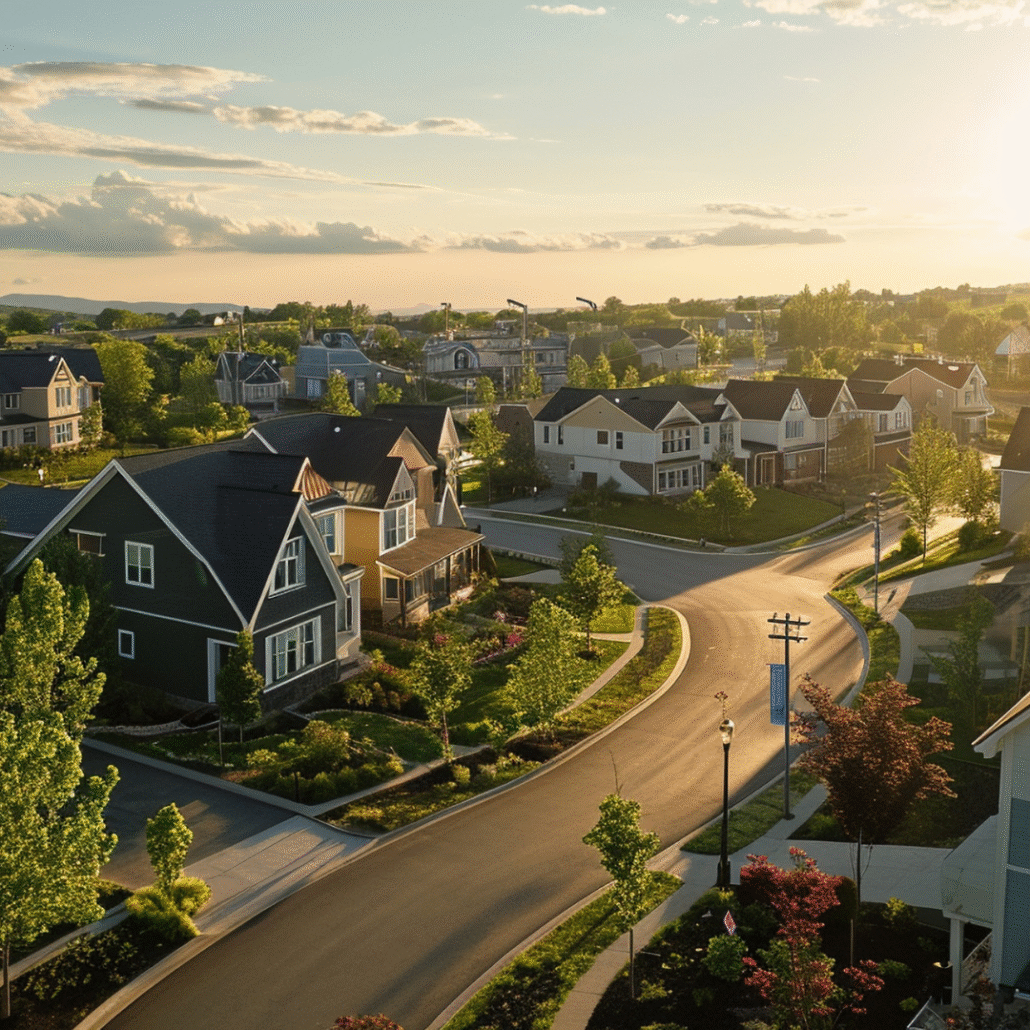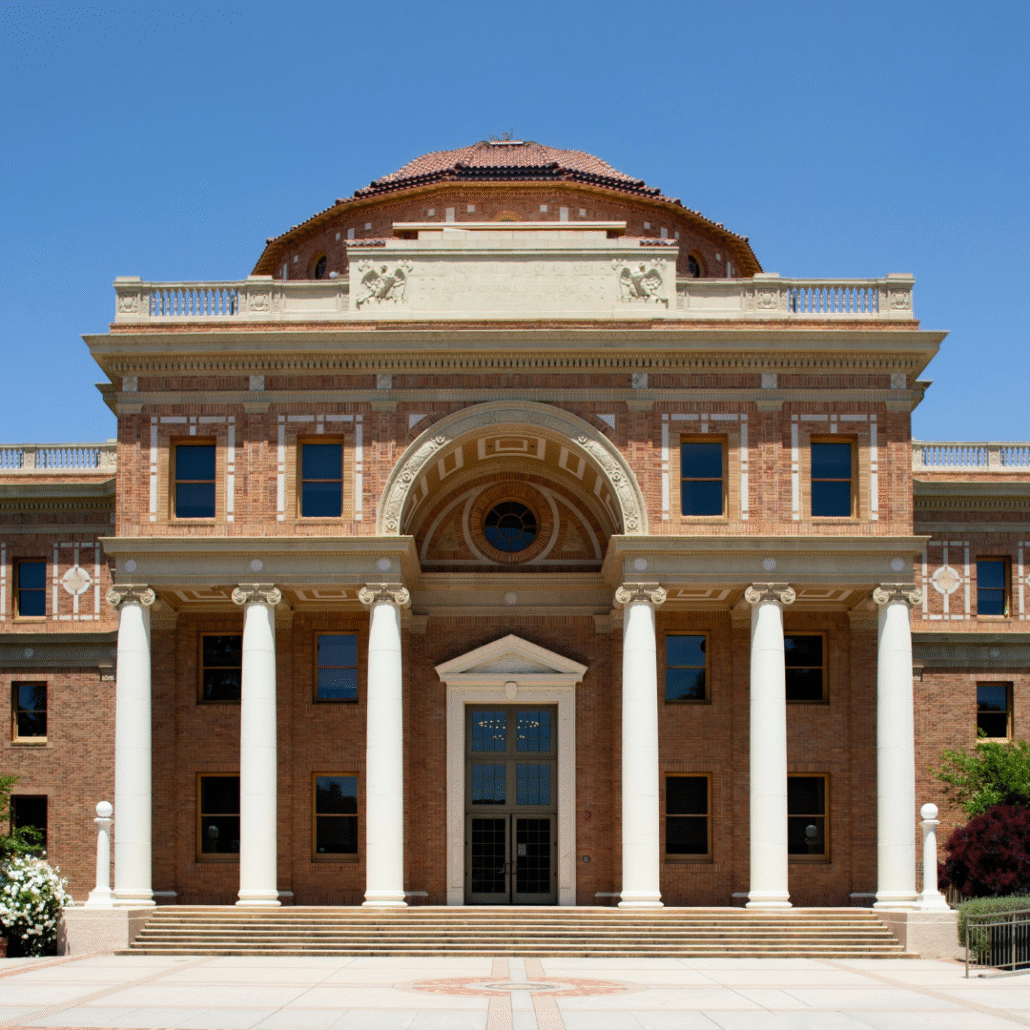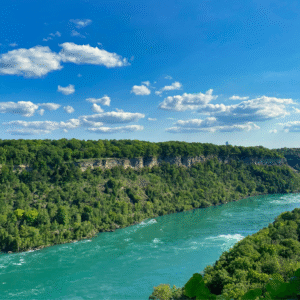In these uncertain times, one thing that unites us is water. We need clean water for healthy populations, growing our food, and even for fun and recreation. Unfortunately, clean water is becoming less and less of a guarantee. In Buffalo, NY, officials have found that half of the water service lines are estimated to contain lead—and efforts to replace them could last more than two decades and cost nearly half a billion dollars. Droughts in some areas of Texas, combined with growing population, could make it hard to provide enough water for decades to come. And the aging water infrastructure across the US and Canada is resulting in rising water costs and water that is potentially unsafe to drink.
Across both countries, decades of neglect in investment coupled with shifting housing demands from urban centers to affordable rural towns, has caused the water challenge to increase exponentially. While decentralized wastewater treatment should have been explored long before this moment, they can’t be ignored any longer.
Since 2015, there’s been a noticeable trend of people moving away from large cities, with a surge in migration to suburban and exurban areas. This trend only accelerated during the pandemic and following years. According to the U.S. Census Bureau, large cities lost about 750,000 residents in 2021 alone.
The good news is that business and economic growth follows the population, bringing the promise of renewed prosperity to smaller towns and communities across North America.
So where are all these people going? Either to existing communities or new developments—both of which put immediate stress on wastewater systems, especially the outdated (or in some cases, non-existent) systems. Traditional rural solutions such as septic tanks and cesspools are not efficient or effective enough for growing populations, strict environmental regulations, or modern public health standards. The result is increased contaminants released into the environment posing a threat to the health of the planet, the community, and individuals.
Even when central treatment systems are in place, that doesn’t mean development will be smooth and easy. More and more frequently, developers are running into roadblocks due to outdated, overtaxed, failing, or distant central systems not up to the task.
CENTRAL WASTEWATER CHALLENGES
Unexpected Costs and Extended Timelines
If the current treatment facility and infrastructure can’t handle the expected load from new development or redevelopment, then the project may incur extensive budget and/or timeline increases. That could mean waiting for the municipality to approve, engineer, and complete upgrades. Or, as is occurring more and more frequently, the cost will fall upon the developer—along with the extended timeline.
- Vancouver Developers Tapped for Upgrades — Costs for building and maintaining municipal infrastructure will be a condition of receiving a development permit.
Frozen Development
When a municipality discovers gaps in the infrastructure, increasing the budget to help update the system isn’t always an option. In some instances, the water authority may choose to halt all development in the area. At that point nothing can be done while capacity studies, cost analysis, and future planning occur. Then there’s nothing to do but wait.
- Village of Baddeck, Nova Scotia — Residential and commercial development stopped after the water utility was overwhelmed by demand.
Environmental Damage
Insufficient system capacity or old infrastructure means inadequate treatment. In the case of Combined Sewer Overflow (CSO), where a single pipe system carries both sewage and stormwater runoff, the system’s capacity can be exceeded, causing untreated wastewater to be discharged directly into the environment. Sanitary Sewer Overflow (SSO) is similar, except that there’s no rainwater—so it’s simply untreated sewage that overflows. And both of these situations can be exacerbated by Infiltration and Inflow (I&I), a situation where unwanted groundwater (infiltration) and stormwater (inflow) enter the sanitary sewer systems.
- Winnipeg’s Lakes and Rivers — During heavy rains and big spring melts, about one-third of the city’s pipes discharge diluted raw sewage directly into the waterways.
Public Backlash
When the existing community or nearby neighborhoods discover that the sewer plant is already overwhelmed, or will be with the new development, there could be a public outcry. A groundswell of negative reactions and pressure could lead to the project being shelved permanently. Even if a solution is found, the court of public opinion has already turned on the developer, making future plans more difficult.
- Flushing Airport Redevelopment — Existing College Point residents are upset that the wastewater system can’t handle the current load and they want to add 3,000 homes.
Lost Development Potential
Some desirable locations have plenty of land but not enough infrastructure. This causes developers to pass on projects that otherwise would be great opportunities. Without an influx of new residents and businesses, these areas lose out on the economic growth and community vibrancy that comes with properly supported expansion.
- Southern Adirondacks — The town of Speculator can’t afford to update their sewers, and therefore can’t attract development to further the town’s growth.
The good news is that officials in both Canada and the US have recognized the challenge and are channeling investments and other resources towards tackling the problem. Already this year, the Manitoba government is committing $24 million in funding for the Manitoba Water Services Board (MWSB). According to Municipal and Northern Relations Minister Glen Simard, “This investment will help find ways to effectively manage and improve water and wastewater infrastructures, ensuring long-term sustainability and economic prosperity for municipalities, registered water co-operatives and other communities.”
This year also saw New York state commit an additional $325 million in new funding for the next round of the Water Infrastructure Improvement and Intermunicipal Water Infrastructure Grants program. New York Governor Hochul said that the investment “… is about action, not promises. We’re modernizing our critical infrastructure … and giving communities the tools they need to build strong, safe, modern water systems.”
While water infrastructure efforts like this ensure that we’re all working toward a smarter, more sustainable water future, they will likely take years if not decades to complete.
The better news is that decentralized wastewater solutions are ready to start making an impact right now. These compact, affordable, and proven solutions offer an array of advantages to developers, communities, and municipalities.
For Developers
Decentralized wastewater solutions offer commercial and residential developers a wide range of benefits. These solutions can speed the development process by eliminating the need to tie-in to existing systems. Instead of waiting for lengthy impact studies and approval processes, developers have the ability to treat water to municipal (and even direct discharge) levels on site.
That means no need to add budget and time to run miles of pipe to existing facilities or adding time to engineer updates to aging infrastructure. In fact, on-site solutions from Econse take weeks to implement instead of years.
Additionally, these systems are simple to operate. Real-time monitoring and remote support give developers peace of mind, knowing that issues can be identified and corrected quickly if they arise. And there’s no need for a dedicated, full-time operator. An employee can be taught to check, adjust, and operate the system in one or two training sessions.
Plus, developers don’t have to worry about future plans. Decentralized systems are scalable, supporting their wastewater needs through each phase of development.
For Communities
An on-site, decentralized wastewater system gives communities greater autonomy to determine their environmental impact. With more power of decision making, a sense of ownership is fostered throughout. Residents can see the real-world benefits of their wastewater management choices, with cleaner local waterways that they rely on for healthy ecosystems, recreational activities, and family fun.
Ultimately, as more and more people move toward rural living, decentralized wastewater is a critical component of ensuring that these growing communities are empowered, informed, and resilient. And, that they are able to grow sustainably throughout development phases and future growth.
For Municipalities
As developers struggle to find ways to affordably and efficiently manage wastewater, municipalities are struggling to bring businesses to their towns. Econse decentralized systems allow innovative, water-intensive businesses to thrive under strict regulations. With a solution that can treat effluent to necessary local standards or even treat for direct discharge, municipalities can confidently grow their economies.
Whether its craft breweries to increase tourism, greenhouses to optimize agricultural space, or innovative industries that grow the economy, decentralized wastewater enbables municipalities to grow and thrive the way that they want without being constrained by aging infrastructure.
Working Together for a Better Future
We’re excited about large-scale efforts, initiatives, and investments in our water infrastructure. These are critical for the long-term health of our critical waterways and planet. While these efforts will lead to cleaner water, they all face the challenge of time.
Decentralized wastewater is an important part of the solution—and a proactive step we can take right now. Econse systems are proven, practical, and cost effective, helping reduce water pollution, speed development projects, and grow economies. We have a long list of satisfied customers in both the US and Canada who are committed to growing their businesses sustainably while helping preserve our environment.
For your current, next, or stalled project facing wastewater challenges, reach out to us. We’re ready to help you find the right solutions, from assessment to system implementation. Contact our team to see how Econse can move your project forward!
Contact:
Phone: 1-416-606-5014
Email: derek@econse.com
